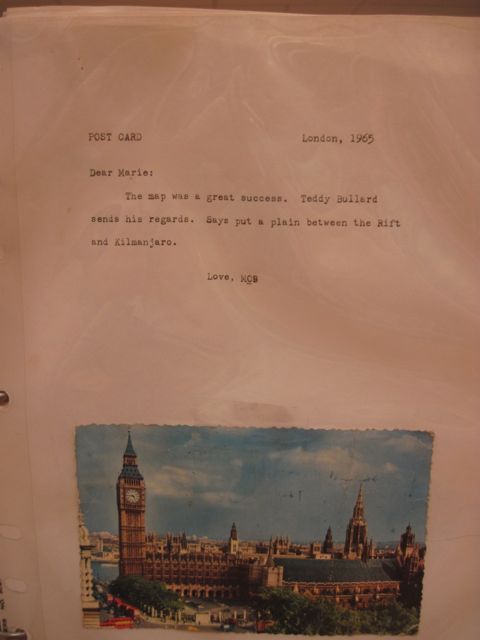Fear of Flying
November 28, 2014 | Comments: None Yet - Post a Comment
Categories: Feminism, Lady parts, Outer space
Watched an episode of the PBS series Makers: The Women Who Make America today. I laughed, I cried. For real. It closed with the story of (I’m checking the post-it where I scrawled notes while watching) Marlene Martinez, an engineer who works for Lockheed Martin. She’s the daughter of Mexican migrant farmers who picked sugar beets in Washington state during her childhood and now she’s working toward going to space. Writing sequences that will help NASA’s Orion mission to Mars. She talked about how she was hoping to build up enough intellectual capital so that when decisions were being made about who to send to space, she’d be one of the chosen. NASA retired the Space Shuttle in 2011, and has since relied on the private sector (which includes companies such as SpaceX) to fly astronauts to the International Space Station. The president of SpaceX is a woman named Gwynne Shotwell. At first I only heard the last name: whoa. Then it sounded liked they’d said “when shotwell.” Into space.
The episode opened in the 1960s, talking about how when the U.S. space program was formed they kind of didn’t know how to choose who to send to space. Pilots seemed like a good bet. And then they narrowed it down further. They had to be jet pilots. There were no female jet pilots in the U.S. military—women weren’t allowed. It was like NASA was a clubhouse, said one of the women interviewed, with “no girls allowed” scrawled on the outside. But some people, including a Dr. Lovelace (another interesting name, right) realized that there could be benefits to sending women to space. He’d dug through records from all over the country to find women who had their pilot’s licenses. The ones he selected were called the Mercury 13.

One of the Mercury 13 being tested
Each pound that the rocket had to propel, for example, required fuel, and women were often shorter and lighter—think of all the savings. And, it turns out, many women scored better than the men on the battery of tests that Dr. Lovelace put them through. He discovered that were able to spend much more time in sensory deprivation settings, not just tolerating the floating quiet, but enjoying the calm (Wally Funk spent a record 10 hours in the tank, out-testing John Glenn). One woman spoke of a test in which she had to maintain visual focus on a target while 20 degree water was shot into her ear canal. Everything shook until her body warmed itself. And then the Women in Space program was discontinued by President Johnson because there was the idea that choosing to send women to space would make the United States look weak to the USSR. Two of the women who had been prepping to become part of the space program (quitting jobs, packing up families) went to Congress to protest.

The 35 New Guys, male and female
In 1978 NASA picked a new group of 35 astronauts who would train to go to space. The group was called “35 New Guys” and included 6 women: Shannon Lucid, Rhea Seddon, Kathryn Sullivan, Judith Resnik, Anna Fisher, and Sally Ride. Once, one of the male new guys put a snake in Resnik’s purse. NASA engineers were concerned about how the women would urinate in zero gravity (before deciding on—duh—diapers, they devised a device with several parts that would snug up to the vulva…it leaked and was uncomfortable). They were concerned that if the women had their periods their menstrual blood would “back up” into their fallopian tubes. Sally Ride was chosen as the first women to go to space, and when she picked up her equipment for the trip she was surprised to find an overabundance of tampons—she kept tugging and the tampons kept coming, like a garland or string of flags. She and the other five female new guys laughed. It was clear a man had packed the bag.






